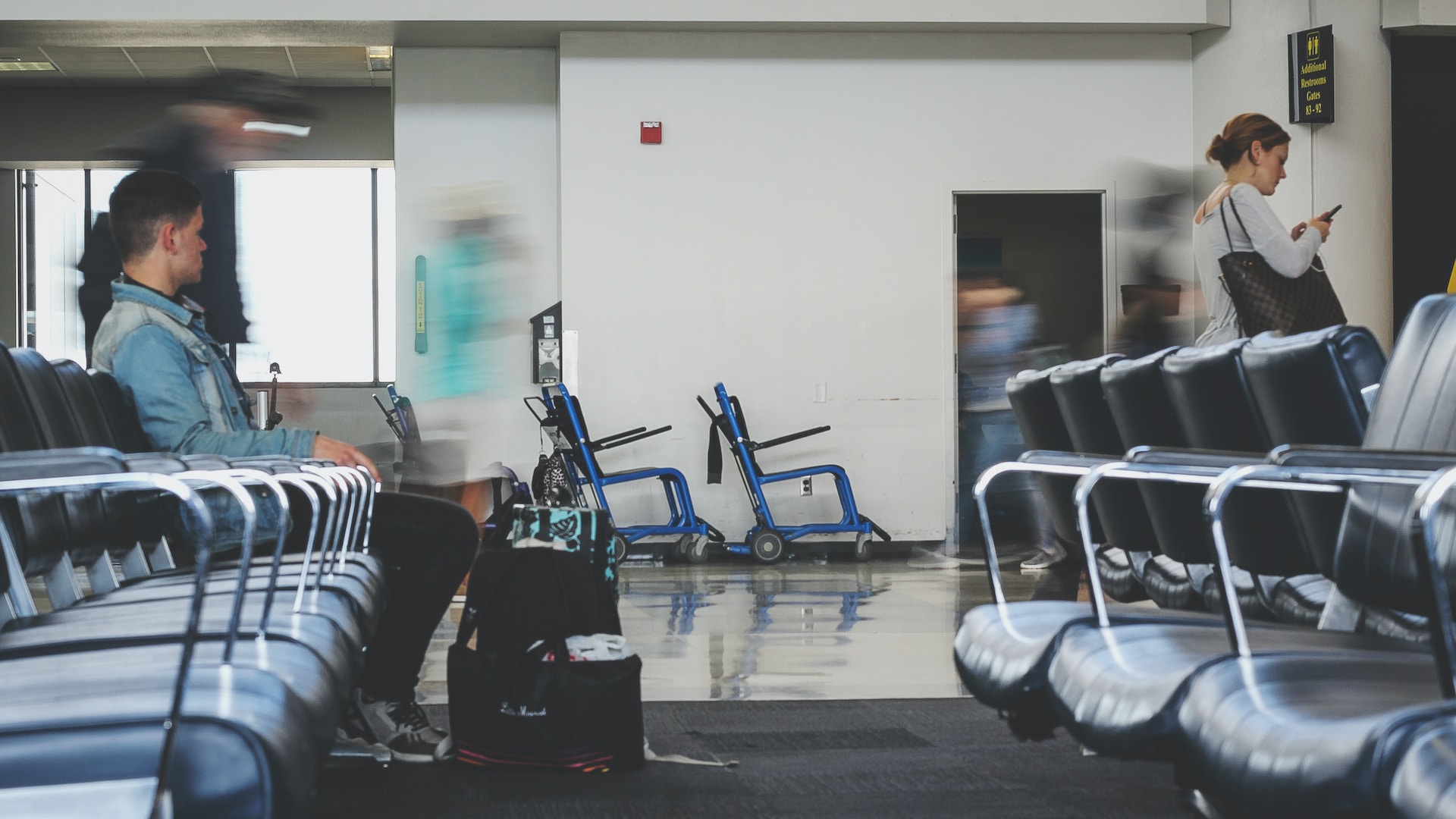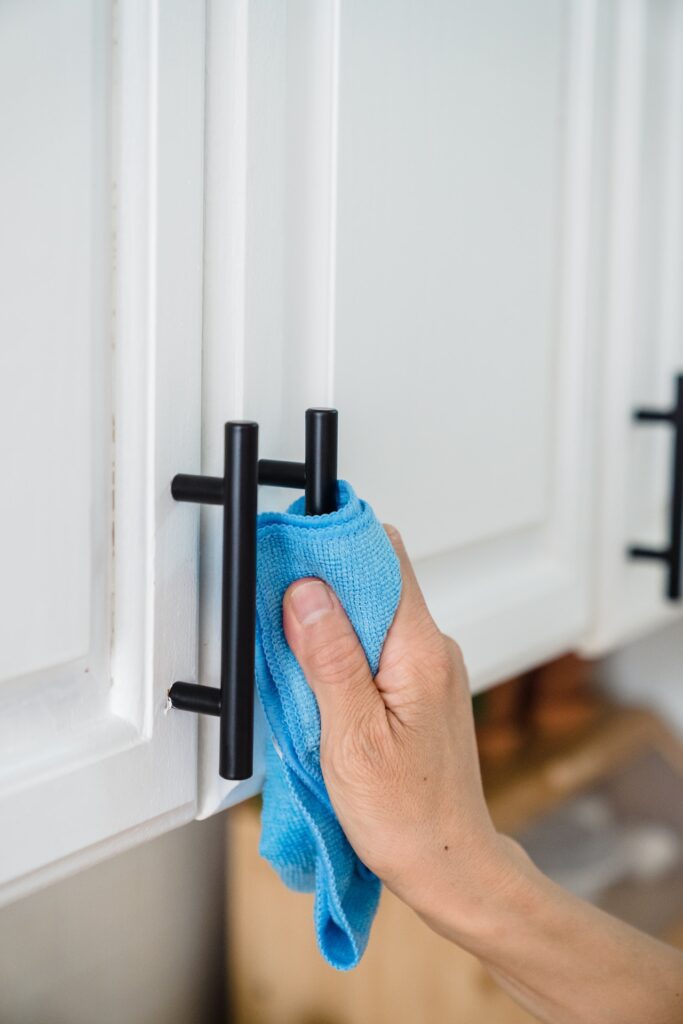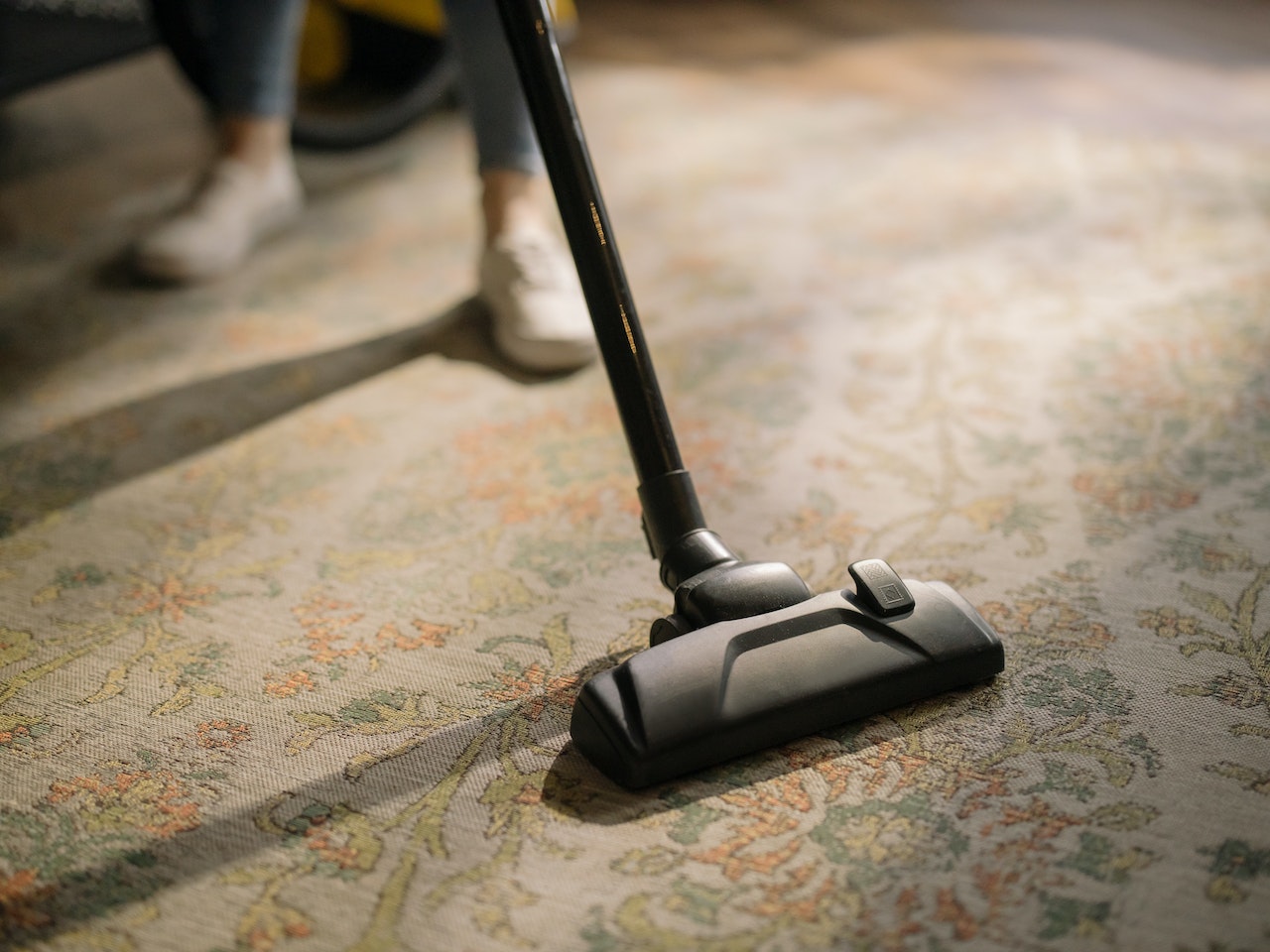
When disinfecting and sanitizing a community area, such as a waiting room, airport, or public restroom, there are spaces that shouldn’t be missed. However, those places aren’t necessarily the first place you’d think to sanitize, even if they are vitally important. That is why we created this common area cleaning checklist– to help you know what not to miss. The following tips should be considered when cleaning communal areas.
Sanitize Light Switches and Replace Lightbulbs
Light switches, although not typically touched by anyone but those working in the community area, are not cleaned sometimes. However, if they aren’t disinfected, then this is what could possibly happen:
- Employees may get germs and bacteria from frequently touching an unclean surface
- The germs will spread all over the workstation
- The bacteria could possibly spread to those in the community area
Wiping down light switches is a small task, but yet it has a big effect. Additionally, replacing light bulbs is equally important (if it’s not a job for maintenance). Having light in communal areas (and cleaning the fixtures while they’re off the ceiling) will likely make it easier to see for the people who are there.
Make Sure Tables and Chairs Are Clear of Items and Disinfected
Most common areas have some form of seating and even some tables that everyone uses. People may leave behind a variety of things, including:
- Sharp or pointed objects (that would hurt to sit on)
- Miscellaneous belongings
- Cards or wallets
- Cell phones or chargers
- Other important items
Once the tables and chairs are cleared of objects, their surfaces should be disinfected. This order of cleaning will keep germs from growing on communal areas like tables and chairs. It is also important that if someone has lost their possessions, it’s returned to them. This is one of the main reasons why this is on the cleaning checklist for common areas.
Wipe Down Door Knobs and Handles
Door knobs are very contaminated until they are sanitized. This is because, in a common area, everyone who enters touches the doorknob. Unfortunately, not everyone frequently keeps their hands clean. So when cleaning communal areas, door knobs shouldn’t be ignored. Especially in places like medical offices, airports, or other high-foot-traffic locations.
Handles should often be wiped or cleaned with a disinfectant, but not just the ones that are on a door. When disinfecting an area that everyone visits, don’t forget to wipe the handles that are on:
- Chairs
- Cabinets
- Drawers
- Faucets
- Windows
These places are easy to forget, but if they aren’t maintained, they can build and contain dirt or germs quickly and easily.
Dust All Places (Especially High Areas)
Dusting with a top grade cleaning agent is very valuable when cleaning a communal area. Wiping dust is on this common area cleaning checklist because with less dust comes less allergies and cleaner air.
Easily forgotten areas that need to be dusted are:
- Shelves
- Inside cabinets
- Fake plants
- Blinds or curtain rods
- The top of picture frames
- Baseboards
- The top of doors and windows
- Ceiling fans
High dusting for top shelves, ceiling fans, or anything that needs to be reached with a ladder is just as necessary as dusting on the ground level. Dust left untouched will only grow and become more grimy and hazardous.
Stock Community Restrooms
Communal restrooms are areas that require a thorough, deep cleaning. People in charge of the community area normally know how crucial this is to slow the sickness and make it comfortable for people who visit.
In addition to the sanitizing and disinfecting, however, bathrooms also need to be restocked with the following items:
- Paper Towels (if there are no hand dryer machines available)
- Hand Soap
- Extra toilet paper
- An extra garbage bag
- A plunger for when water overflows
- Cleaning wipes for emergencies (if possible)
Stocking a restroom may be sometimes overlooked, but it makes a big difference to the people in the communal area to consider this when cleaning it.
Clean the Floor Underneath Large Furniture
The last thing on the common area cleaning checklist is to make sure the floor underneath large furniture is in good shape. Things will often fall under or behind furniture, and it can be challenging to move it to clean.
However, there are advantages to having a clean floor underneath furniture in a common area, such as:
- Illuminates potential odors (who knows what is left behind before cleaning in a communal area takes place)
- Less liability (as whatever garbage hiding won’t be found by an infant or child who could choke)
- It won’t be found by someone who shouldn’t find it (such as an inspector)
- No unwanted surprises
Making sure the ground is sanitized in places you can’t see can be done by moving furniture first then picking up whatever is there. Afterward, you can try either sweeping, vacuuming, or mopping.
Having a sanitized community space will always be positive for the people who are there, no matter where the area is located. Creating this type of communal area is accomplished through a variety of cleaning methods. These include sanitizing light switches, making sure tables and chairs are clear, and dusting everywhere. It’s also done by disinfecting door knobs and handles, stocking restrooms, and cleaning the floor underneath furniture.
Using this cleaning checklist for common areas will ensure a safe, disinfected environment for anyone who visits. Seattle Commercial Cleaners has specialized, trained professionals who will seamlessly accomplish everything on this list. Check out our service page to learn more about what we can do for your community location.

